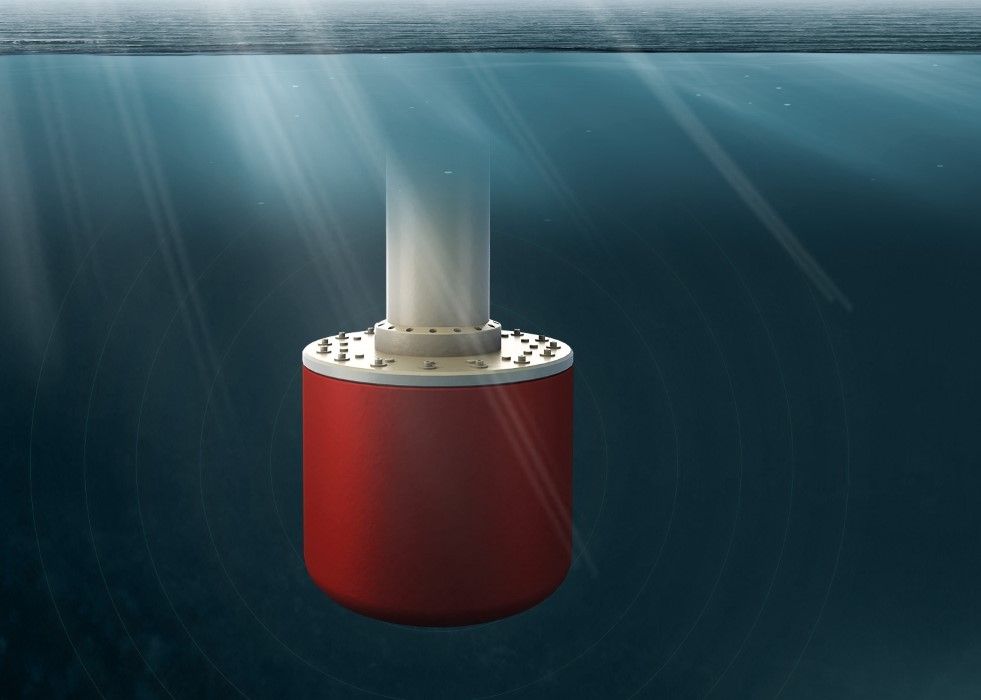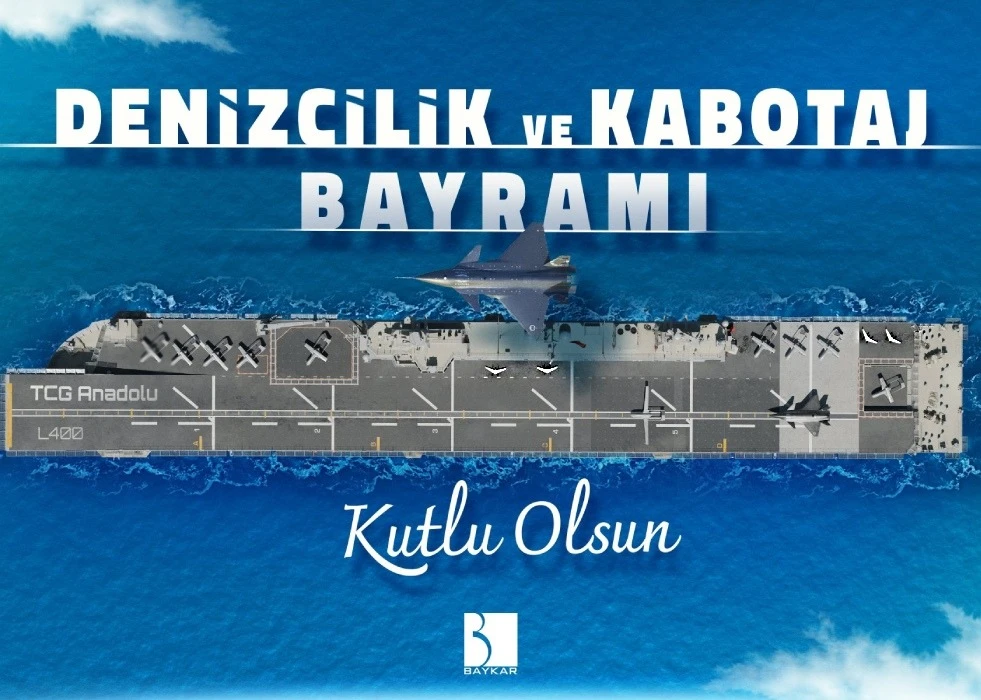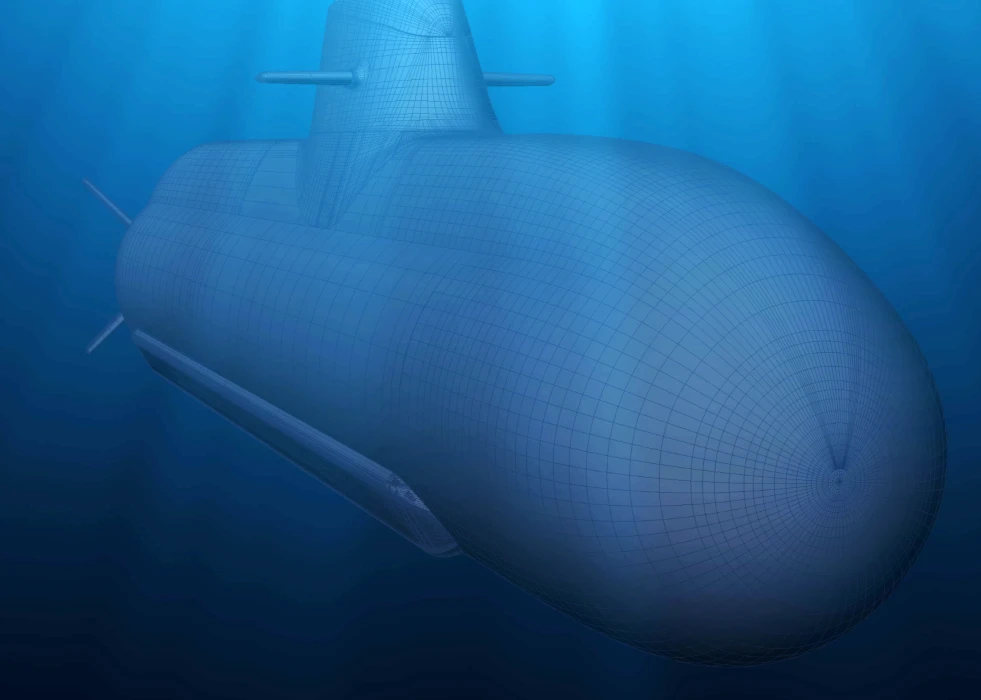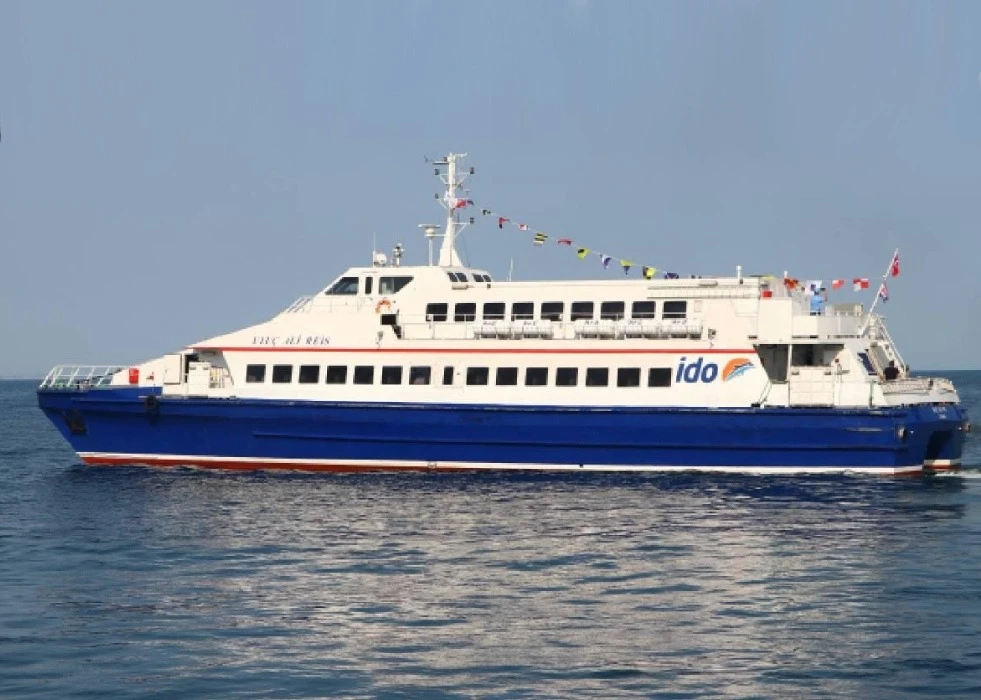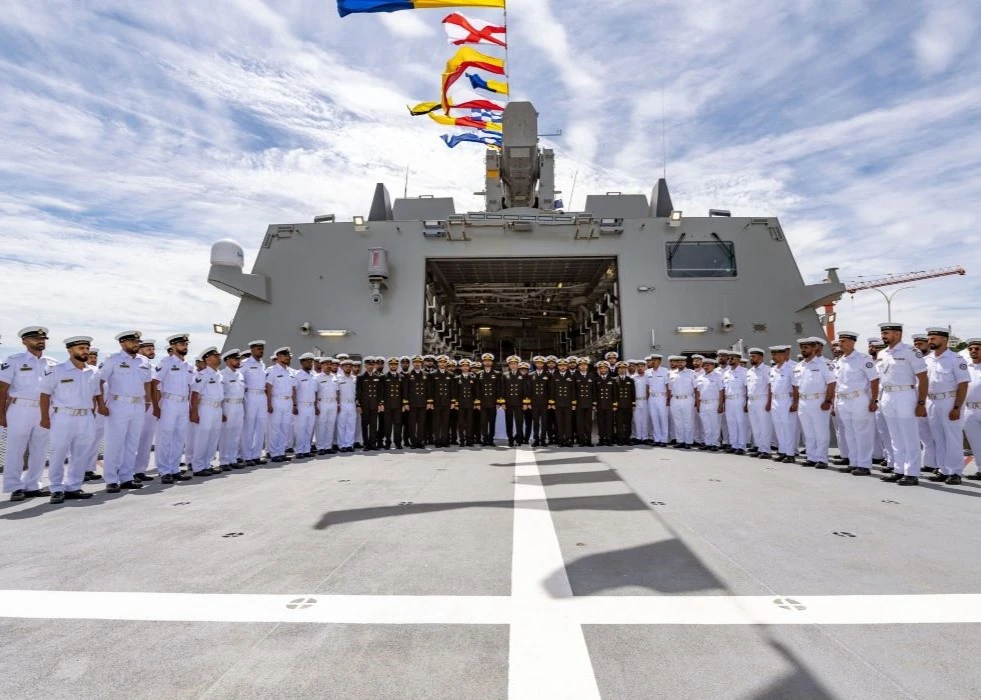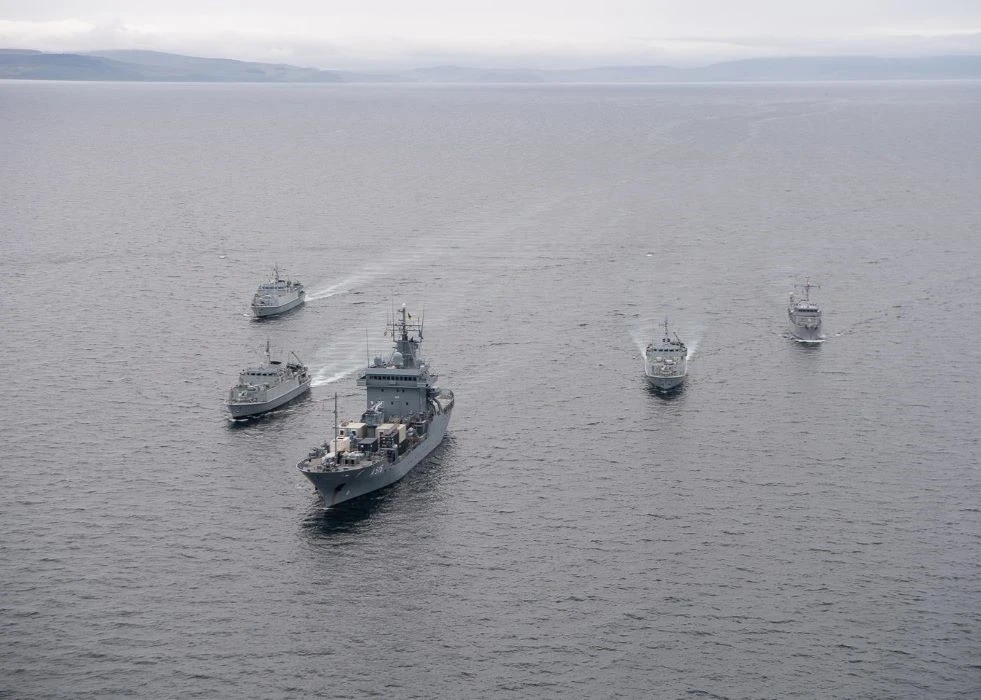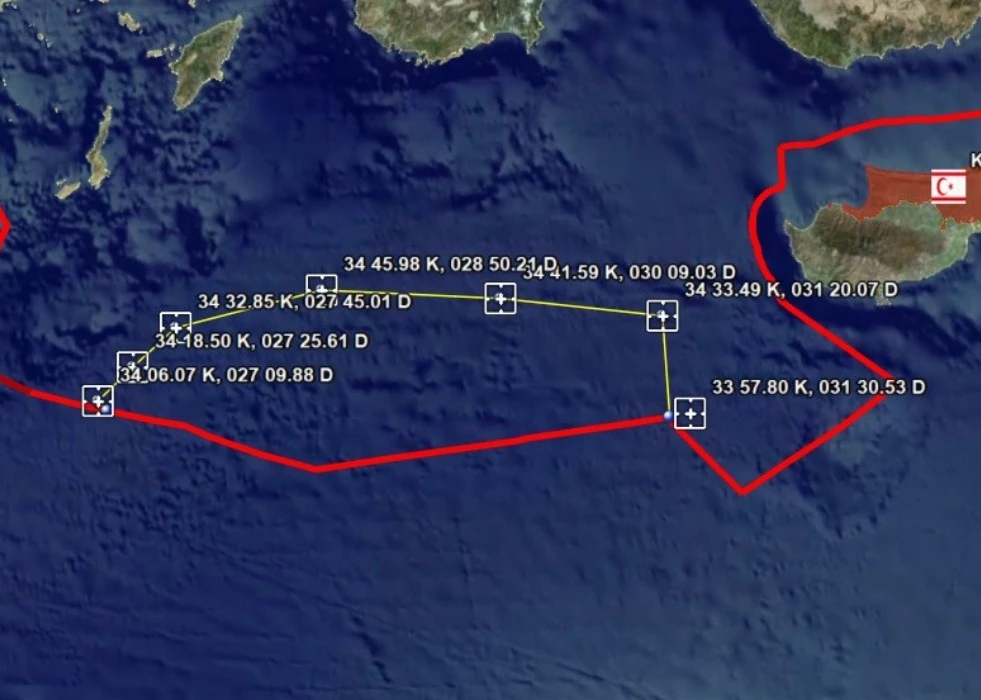METEKSAN provides Yakamos 2020 Hull Mounted Sonar System to four Turkish Ada Class corvettes TCG Heybeliada, TCG Büyükada, TCG Burgazada and TCG Kınalıada. The System is also exported to Pakistan and Ukraine's corvettes. The company also cooperates with Antalya-based Ares Shipyard to produce Unmanned Surface Vehicles (USVs) under the trademark of ULAQ. ULAQ has armed versions for different missions. ULAQ’s Anti-Submarine Warfare (ASW) version is one of them.
METEKSAN developed the idea by providing the experience gained from unmanned systems with low energy capacity and low space for dry side and such vessels’ capacity to patrol shallow waters.
METEKSAN has designed a version of Yakamos 2020 Hull Mounted Sonar System to adapt it to patrol crafts and unmanned surface vehicles. This new product is called YAKAMOS RT as it is retractable. The platform immerses the sonar system into the sea and performs acoustic listening. When not on duty, the sonar is retracted in the platform, not under the hull or in the sea.
The primary difference between YAKAMOS 2020 and YAKAMOS-RT is based on the frequency used. YAKAMOS 2020 sonar uses medium frequency to detect the submarine, while RT uses high frequency. By natural results of frequencies, the medium frequency may reach further distances, but its resolution would be less, while the high frequency has a lower range; however, its resolution is higher. The higher the resolution is, the smaller items are detected.
The YAKAMOS 2020 requires cabinets and a crew dedicated to the user console. The RT has modular electronics that can be distributed anywhere on the platform. It does not require a console and a dedicated crew. The control of sonar is performed through a laptop.
The wet part of YAKAMOS limits the vessel’s mission area as it can not cruise in shallow waters. RT’s wet part is smaller. It weighs less and also consumes less energy.
METEKSAN Deputy General Manager Özgür Cankara states that they have decided to produce the new sonar in order to meet the requirements of navies that may want to patrol their shallow waters against submarine threats. The product has one alternative, fish sonars, that fishermen use to detect fish. Those sonars are useful to find fish nearby where the fisherman is the “hunter”, and the fish is the “prey”. This feature, however, is counterproductive as they also detect submarines only from a very close distance, which also means being too late to react.
The company has a solution for range problems, bringing a new advantage. The RT is quick to immerse and retract. The platform may change location very fast and easily. The sonar does not create a drag in the water as it is not in the water during the cruise, and the craft is designed to move fast. As a result, the RT Sonar is immersed in water at every control station. This provides a larger area of detection by patrolling in the area. Yakamos RT can go two meters below the platform’s hull and again can be retracted back to the platform, which also gives the flexibility to the boats to operate in shallow waters at different depths.
“Everybody can say that by getting the frequency higher, there is a degradation from the distance. Yes, the range is getting less. But on the other hand, when you consider the boat’s high speed and its maneuverer capability. We optimize the system so that this degradation is much less,” Cankara says.
According to METEKSAN’s estimations, some geographies, such as the Persian Gulf and the Caspian Sea, are unsuitable for using submarines even though the real threat comes with submersibles and from underwater. These areas have very high economic value due to the petrol in the region, so they will need to secure their transportation or oil production.
USVs have minimal energy sources. The sonar, therefore, has to work very efficiently. Using high-frequency sonar helps reduce energy consumption. This allows patrol craft and USVs to perform their mission.
On the other hand, METEKSAN states these systems are cost-effective. They are priced between fish sonars and medium-frequency sonars, hoping that the new price range will get the attention of navies.


